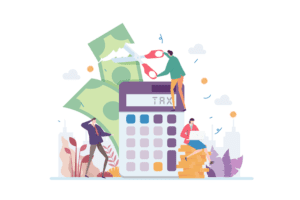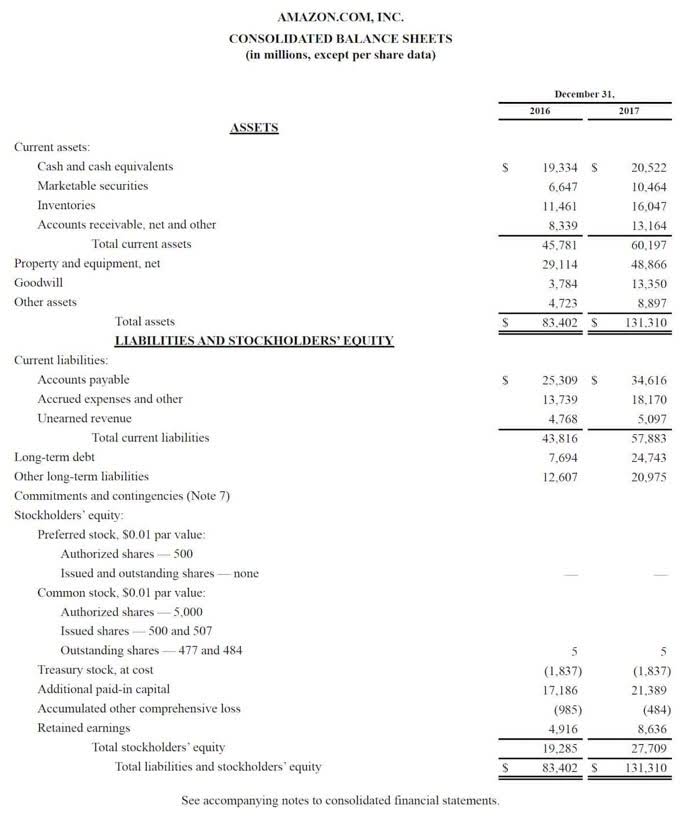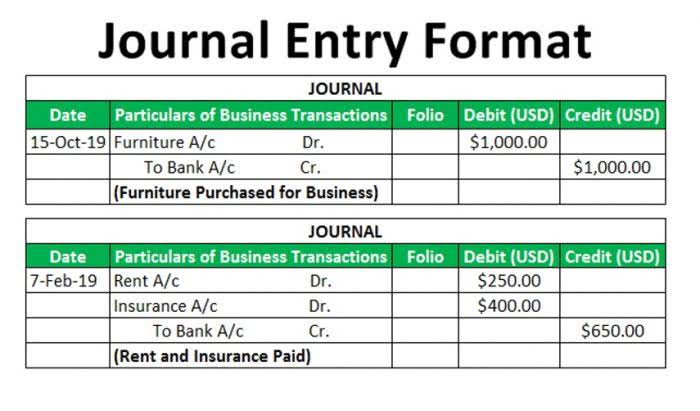
This not only helps in preventing financial losses but also in maintaining the integrity and reputation of the organization. Organizations today face a myriad of challenges, from regulatory compliance to operational efficiency. Internal audits have become an essential tool for ensuring that these entities not only meet legal requirements but also operate effectively and efficiently. After a designated amount of time, an internal audit may call for follow-up steps to make sure the appropriate post-close audit changes were implemented.

What Are the Steps in the Internal Audit Process?
- Internal audits may also entail evaluating the effectiveness/efficiency of critical business operations such as supply chain management.
- Get to know what shop floor management is, how it works, and how you can streamline it for your manufacturing operations.
- This could be (financially at least) better spent having them perform a risk assessment.
- Information technology (IT) audits evaluate the controls and processes related to an organization’s IT systems.
Since risk assessments are highly internal vs external audit organization-specific, relying solely on ChatGPT for content creation or risk ratings is not advisable. Additionally, to maintain data security, auditors must avoid inputting confidential company information into the tool. The external auditor, in the course of discharging their responsibilities must decide if it is appropriate in the circumstances to use internal audit to provide direct assistance.
Understanding the Critical Role Internal Audit Plays

They provide real-time insights and enhance collaboration, making audits more efficient and accurate, ultimately improving decision-making and operational effectiveness. As you look to optimize your internal audit processes, consider exploring Lumiform to see how it can meet your specific needs. You can enhance your organization’s ability to drive continuous improvement and achieve strategic goals if you sign up here. In today’s business environment, the internal audit function must keep pace with the hastening speed, volume, and complexity of risk. Against a volatile geo-political backdrop, organizations are navigating risks posed by environmental, social, and governance (ESG) regulations, emerging technologies such as Generative AI (GenAI), and the future of work.
The Bank Secrecy Act/Anti-Money Laundering (BSA/AML) Audit* Revisited
This proactive approach helps in detecting anomalies and irregularities early, reducing the risk of significant financial losses or compliance breaches. For instance, continuous monitoring can flag unusual patterns in expense reports, prompting immediate investigation and corrective action. The integration of technology into internal audits has also facilitated remote auditing, a practice that has gained prominence, especially in the wake of global disruptions like the COVID-19 pandemic. Remote auditing tools, such as video conferencing software and secure file-sharing platforms, enable auditors to conduct thorough assessments without being physically present. This not only reduces travel costs QuickBooks and time but also allows for greater flexibility in scheduling audits. Organizations can now engage with auditors from different geographical locations, bringing in diverse expertise and perspectives.
- This could include checking the waste generation, disposal methods for hazardous materials, habitat destruction, polluting activities etc.
- According to Kramer, one of the best opportunities he found is becoming active in local IIA chapters, where auditors can interact and compare internal activities, processes, functions, and operations.
- Overall, internal audits provide insights that drive improvement, encourage accountability, and build trust with stakeholders.
- This not only reduces travel costs and time but also allows for greater flexibility in scheduling audits.
- SOX also required that a company’s internal controls be documented and reviewed as part of its external audit.
- Isaac specializes in and has conducted numerous SOC 1 and SOC 2 examinations for a variety of companies—from startups to Fortune 100 companies.
Help Your Business Finish Strong with These 10 Year-End Tasks

Adhering to these standards helps ensure the credibility, effectiveness, and professionalism of internal audit activities and contributes to the value provided by the internal audit function within an organization. When conducting internal audits, it’s crucial to be aware of common mistakes that auditors may make. Being mindful of these can help auditors improve the effectiveness and efficiency of their audit processes. Auditors compile their findings into a comprehensive report, detailing the identified issues, their implications, and the recommended corrective actions. This report is presented to the organization’s management and, in some cases, https://www.bookstime.com/ the board of directors.



